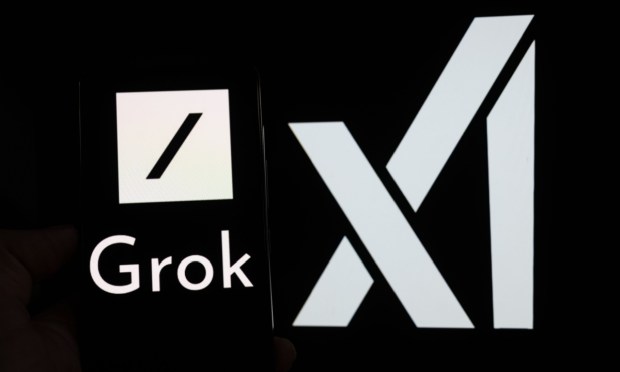
Elon Musk’s xAI is open-sourcing its artificial intelligence (AI) chatbot, Grok, in a move that some say could democratize AI technology and foster innovation in commercial applications.
The company has released the data for Grok to X Premium+ subscribers through GitHub and BitTorrent. This open release comes amid Musk’s ongoing criticism and legal action against OpenAI for not being transparent with its AI models.
“Open source models could lead to more competition and, potentially, lower costs for businesses looking to leverage AI in their operations,” Richard Gardner, the CEO of the tech consultancy Modulus, told PYMNTS in an interview. “As the underlying models become more accessible, competition might shift towards the quality of data used to train them and the expertise in applying those models to solve specific business problems.”
Grok, unveiled in November, is a ChatGPT-like AI assistant accessible to X Premium+ users who pay a monthly subscription fee of $16 to the rebranded Twitter platform. The core of Grok is a large language model named Grok-1, which boasts an impressive 314 billion parameters. To put this into perspective, OpenAI’s GPT-3 model had 175 billion parameters. The parameter count is a general indicator of an AI model’s intricacy, hinting at its potential to deliver more sophisticated and relevant responses.
According to Gardner, open source AI allows for faster innovation and greater transparency than proprietary models developed by large tech companies. “Open source supports free speech and reduces the potential for censorship by big tech,” he said. It also makes AI more accessible to smaller companies and startups that may not have the resources to develop their models from scratch.
Cloris Chen, CEO of AI company Cogito, told PYMNTS in an interview that the algorithms underlying models such as ChatGPT are well known in the research communities, and their core algorithms are from publicly published research papers.
“AI engineers can go much faster with collaborative improvements if they open up their source code, essentially posing a threat to centralized AI providers,” Chen added.
However, observers cautioned that open source AI has drawbacks and risks. Gardner noted that open source language models could perpetuate biases if they are based on training data that reflects societal biases or if they have “overzealous alignment layers” that constrain the model’s outputs in problematic ways.
Some open source models also have potential security concerns. “For example, many models on platforms like HuggingFace have backdoors, which could allow them to write files or execute code in unintended ways,” Gardner explained.
Additionally, Gardner pointed out that fine-tuning open source language models for specific applications can still require significant computational resources, which could be a barrier for some organizations looking to adopt the technology.
The effort to open-source Grok comes after Musk’s legal team recently initiated legal proceedings against OpenAI, alleging that the artificial intelligence company has strayed from its original purpose of creating AI that benefits humankind.
According to the legal complaint, OpenAI co-founders Sam Altman and Greg Brockman approached Musk in 2015, requesting his assistance in establishing a nonprofit organization focused on developing artificial general intelligence (AGI) for the betterment of humanity.
The lawsuit states, “OpenAI, Inc.’s website continues to claim that its mission is to ensure AGI ‘benefits all of humanity.’ However, in actuality, OpenAI, Inc. has morphed into a closed-source entity that essentially functions as a subsidiary of Microsoft, the world’s largest technology corporation.”
Open sourced AI has the potential to democratize the field and ensure that a wide range of users and organizations can benefit from the technology, Shashi Bellamkonda, principal research director at Info-Tech Research Group, said in an interview with PYMNTS.
“A few years ago, using AI was very expensive and limited to companies with big budgets and research resources,” Bellamkonda said. “When companies like Google open-sourced their Transformer model, the reach of AI increased. Due to the lowering of the costs, I was able to use AI in a startup SaaS [software-as-a-service] company.”
Bellamkonda pointed out that open source AI has the potential to broaden the range of situations in which the technology can be used. “Open source enables community contribution and faster development,” he added.
“I am excited that Grok from X.ai got open source recently. It can learn in real time through Grok’s access to X.com’s real-time user-generated content. The power of using open source models that are trained on large quantities of real-time data can increase the variety of use cases of AI.”